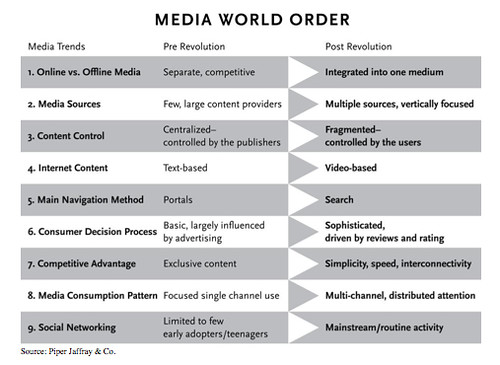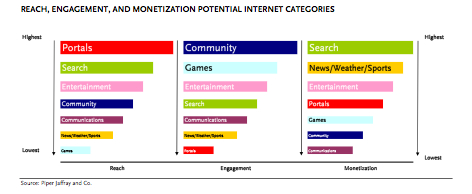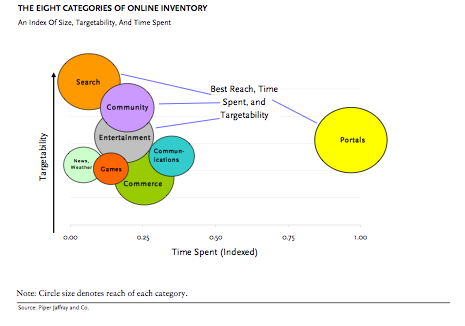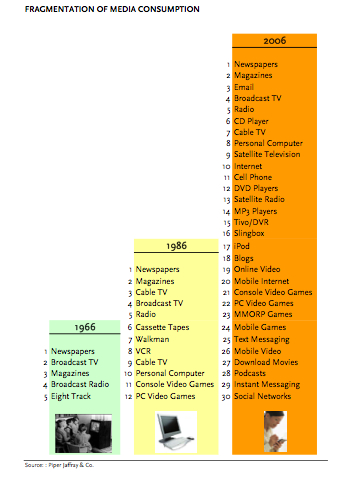Bill and Dave were better known now by their surnames: Hewlett-Packard. It is familiar to consumers as a brand of printer, laptops and digital cameras sold in supermarkets up and down the country. Some may remember that they had a Watergate-type moment recently and a woman CEO who made a dogs dinner of things.
I visited Boeblingen (near Stuttgart) – the European headquarters of Hewlett-Packard in the late 90s and left deeply unimpressed by a large but seemingly directionless technology behemoth. We were on the cusp of the internet, while they were talking about printing brochures on demand. While this was happening the best internet search engine at the time, Alta Vista, had been built by their long time rival Digital Equipment Corporation.
Malone in his book Bill and Dave gave me a better appreciation of Hewlett-Packard. He brings into perspective how important Bill Hewlett and David Packard were to the technology sector and modern business practices.
From a PR perspective, I found facinating the way Bill and David self-consciously built their own personal legends which helped support and extend the HP Way. The company’s culture was built, extended and modified in a deliberate, planned manner unparalleled in any other company. Their culture was what PR people would now call thought leadership – which feels very now given the start of interest around brand purpose.
Bill and Dave wrote the book on corporate reputation without the help of big name agencies and invented the elements as they went along, combined with a wisdom worthy of Solomon. More book reviews here.




